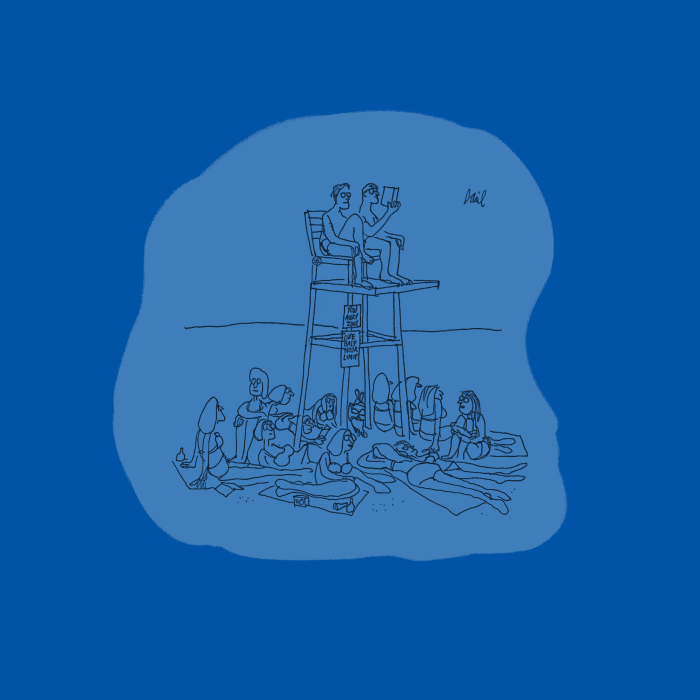Karyn Mannix's Banned Book Project Highlights Growing Danger with Art
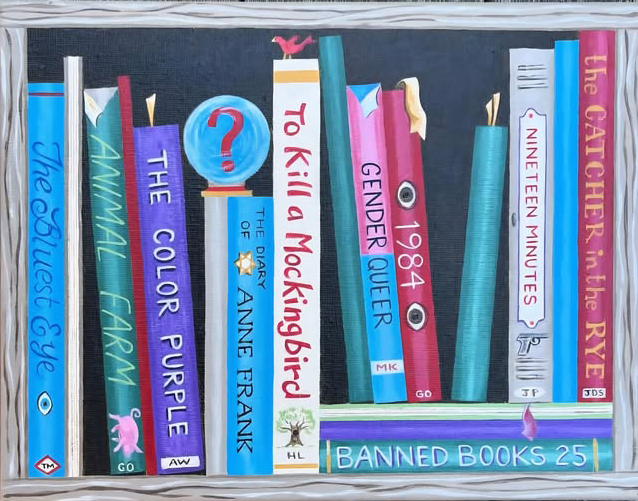
As National Banned Books Week, from October 5-11, comes to a close, artist and curator Karyn Mannix, of The Mannix Project, is launching a new show tackling the subject at two East Hampton libraries. The Banned Book Project kicked off on October 3 at Springs Library (1 Parson Place) and East Hampton Library (159 Main Street), and will continue through October 30, while the official opening reception is happening at Springs Library this Friday, October 10 from 4–6 p.m.
The show features a strong roster of local artists working in a variety of media to shine a light on the absolutely un-American practice of banning books for perceived moral objections, fear and disagreements with the content of both fiction and nonfiction books, especially when it comes to those being read in schools or by school-age children. In the United States, many of these banned books — especially during the continued rise in book censorship over the last five years — relate to topics such as LGBTQ+ issues, race, sexuality and so-called controversial takes on history or society. A prominent non-profit organization tracking book bans and censorship, PEN America notes that there have been 22,810 instances of banned books in 45 states and 451 public school districts since July 2021.
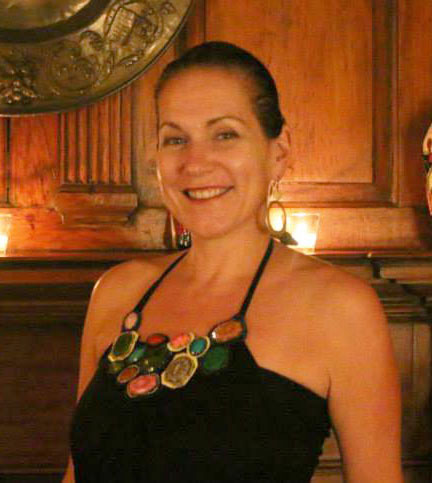
“I’ve been working with banned books for a while, so I decided to approach the library to see if they wanted to be involved,” Mannix says, pointing to her personal photography project highlighting books that have been challenged, censored or banned. “That’s a great place to do it, to stand in solidarity with one another about banning books.”
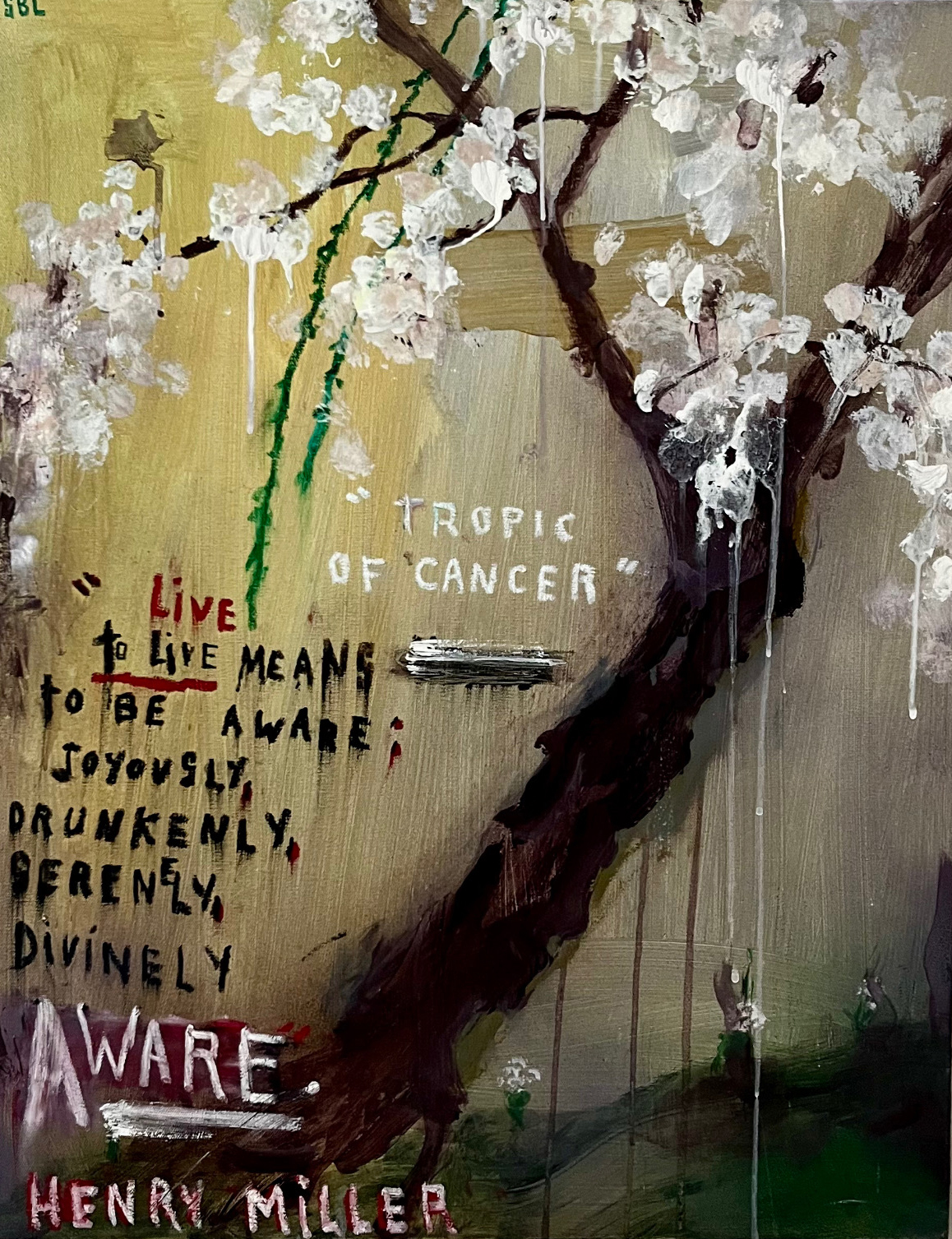
Mannix says conceived the show to “highlight the significance of literature and underscore the importance of books in our culture and history.” Noting how books “connect us physically, emotionally and intellectually,” the curator adds that they play a vital role in shaping society and preserving our collective knowledge. “Unfortunately, books are increasingly being weaponized and subjected to political constraints that limit our access to diverse knowledge, ideas and information,” she says in a statement about the Banned Books Project. “This is an attempt to control culture by removing certain narratives, particularly those of race, gender, sexuality, religion, and anti-war. This trend has led to a distortion of history aimed at “dumbing down” society by restricting differing viewpoints.”
And, she acknowledges, books have been banned for nearly as long as books have existed.
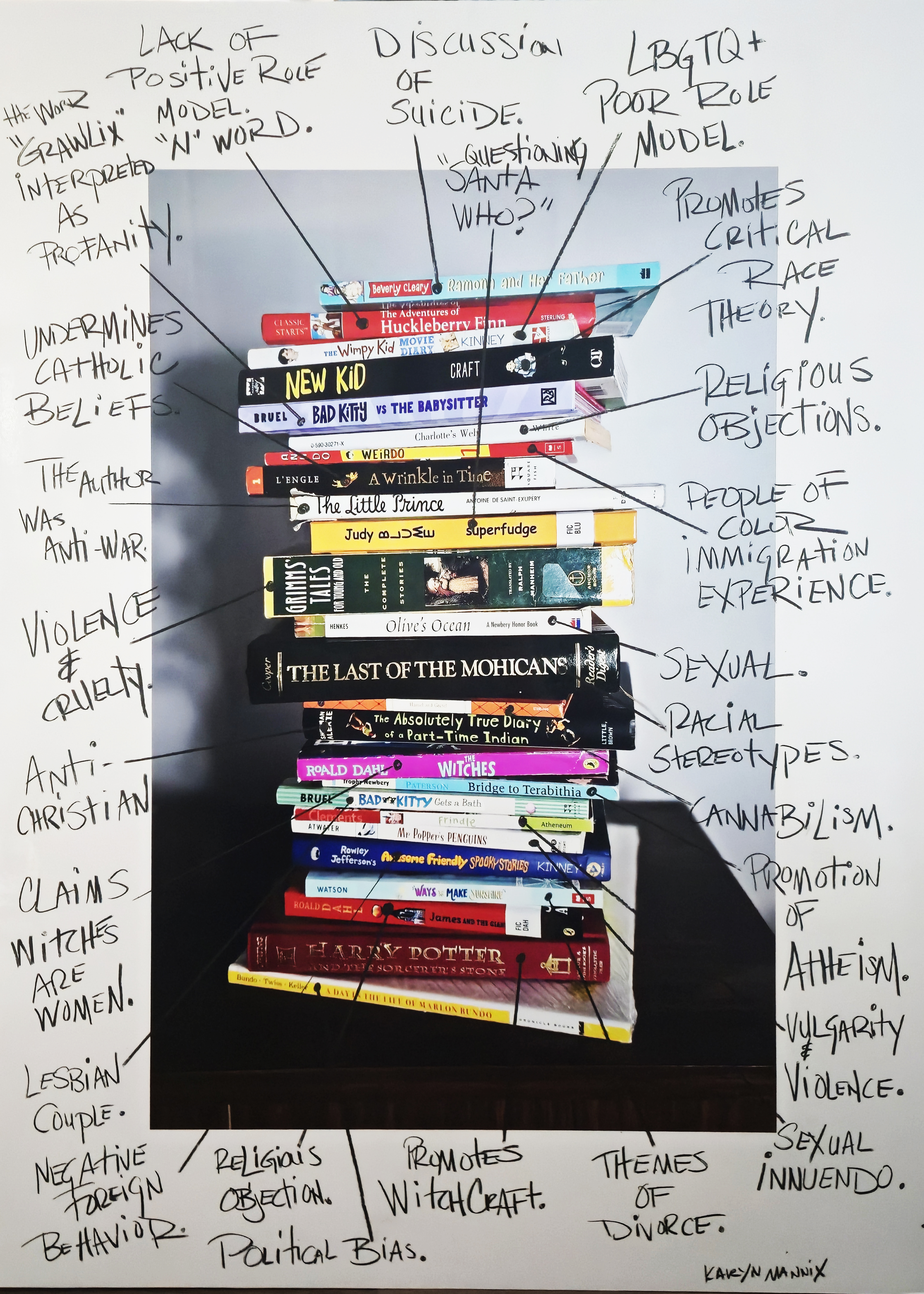
“They were banning books back in the 1400s. Galileo’s book was banned — it’s amazing the research, and it’s usually for people’s personal reasons. A lot of it is religious. You know, the Holy Bible has been one of the most banned books for profanity and pornographic behavior. That’s the Holy Bible. It’s quite amazing,” she says. “You know, the more I do it, the more I find out about it. My mind keeps on expanding, and it’s just shocking, the reasons: Judy Blume’s Super Fudge — it’s a kid’s book, and it’s banned because they’re questioning who Santa is. The line that banned it is, ‘Santa who?’ And the book gets banned because some parent was upset that their child would question who Santa was. I mean, it’s just ridiculous.”
Also in her exhibition statement, Mannix says, “The banning of books undermines our freedoms — freedom of speech, freedom to learn, freedom of thought, and freedom of expression while hindering what we need most — the freedom to think critically with books that allow us to do so.”
Along with Mannix, who is showing her photos of banned adult and children’s books, participating artists include local talents AG Duggan, Ann Brandeis, Arlene Bujese, Rossa Cole, Christina Stow, Harold Naideau, Jackie Mallon, Joanlee Montefusco, Joyce Raimondo, Lance Corey, Laurie Hall, Noreen Dean Dresser, Roz Dimon, Stephanie Brody-Lederman, Veronica Mezzina, and Ping He from China.

Mannix notes that the show offers a variety of media and styles, but all content relates back to the topic, whether it’s very broad or quite specific. “They’re all based on the banning of books in one way or another,” she says. “There’s a lot of digital work, there’s paintings, there’s photography, there’s sculpture,” she continues, explaining that Sag Harbor artist Rossa Cole made an AR-15 assault rifle out of children’s books and fellow curator Arlene Bujese created a stack of stark white books arranged as if they were on a nightstand.

This year includes two local libraries, and Mannix had Montauk signed on, but she couldn’t get enough art to fill all three locations. Next year, she hopes to do it again with even more libraries. “I’m going to talk to the libraries about doing it again next year. We’ll see. I don’t know what they’ll say, but to keep on expanding and pulling in more libraries would be fun to do,” she says.
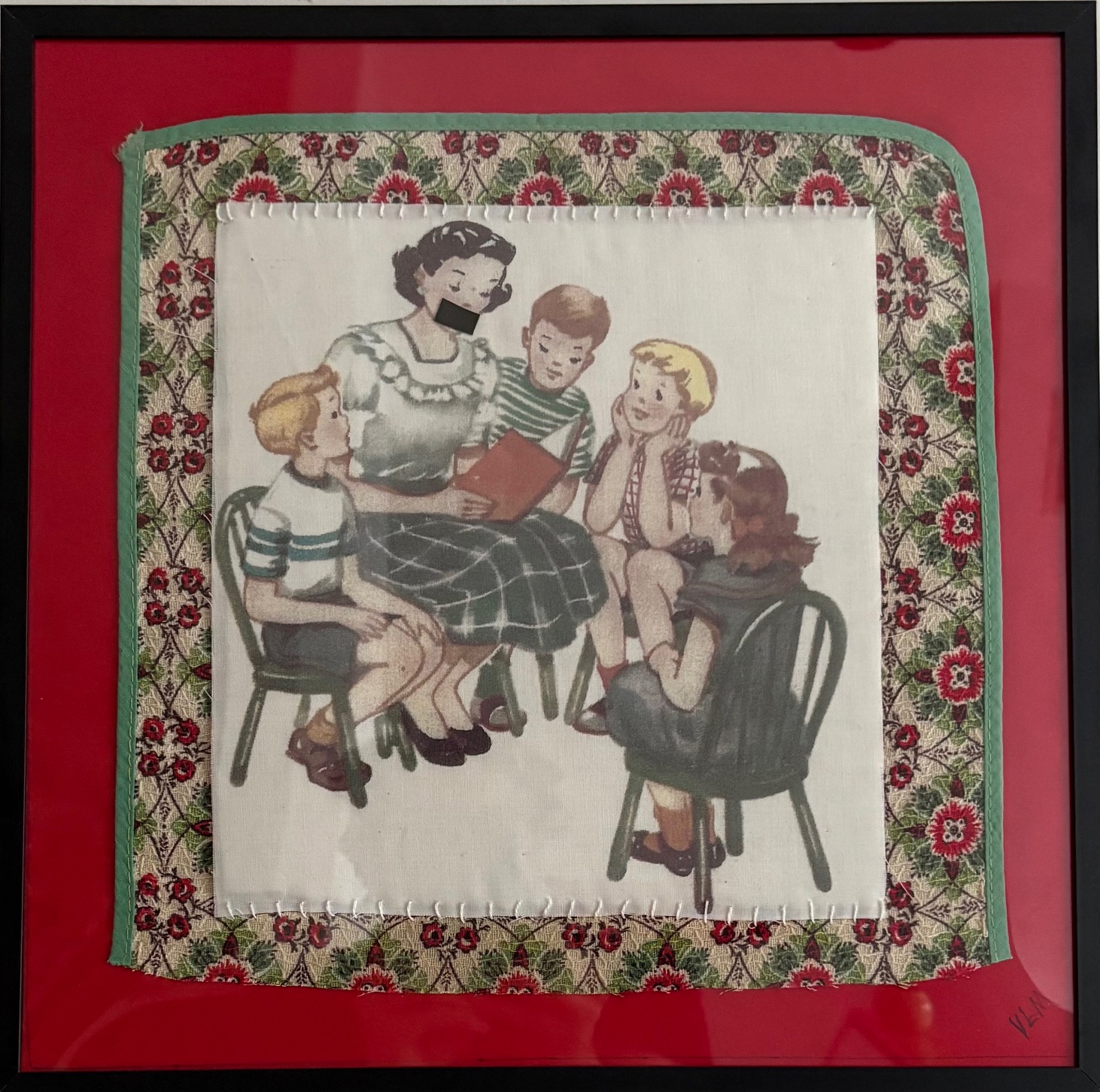
“Next year, I’ll start a little bit earlier,” Mannix says, explaining how she’ll get more participating artists to fill more spaces. “So basically, the whole show is Banned Books Week. And sometimes, some people call it Banned Books Month. That depends. It’s not a real term, but a lot of libraries carry on banned books for a while, for the whole month of October. And the idea of the show started when the New York Public Library approached me, which we’re still working on at the library across from MoMA.”
To learn more about the Banned Book Project, including locations and viewing hours, visit themannixproject.com/banned-book-project.






